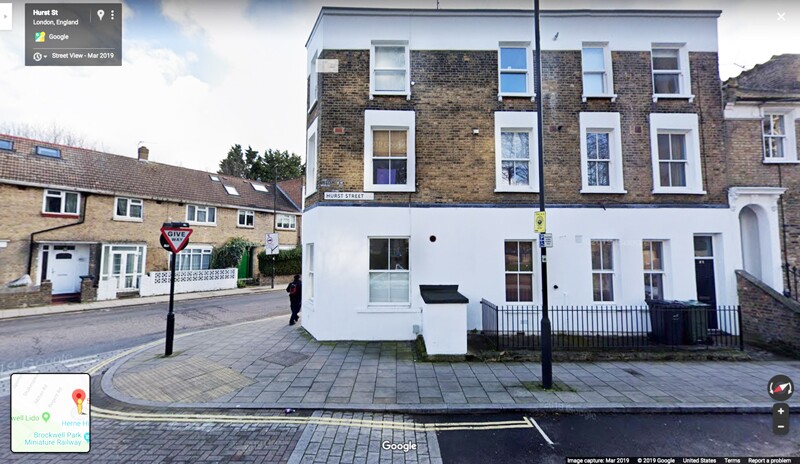Want to make temple and family history work more exciting and fun? Learn details about your ancestors—where they lived (not just the country, but the neighborhood and even the house),what they did for a living, or what their handwriting looked like.
This was the advice Elder Cecil O. Samuelson gave during his keynote address at the 2019 BYU Genealogy Conference. Elder Samuelson, an emeritus General Authority who served as president of the Salt Lake Temple from 2014 to 2017, told several stories that illustrated how learning facts about his own ancestors made temple and family history work more meaningful to him.
A Story about Hurst Street

In 1997, Elder Samuelson was serving in the Europe North Area Presidency. It was the same year that volunteers in the Family History Department finished digitizing the 1851 British census.
That fall, Elder Samuelson received an assignment to accompany Elder Monte J. Brough, another General Authority, to meet with officials from the Public Records Office in London and demonstrate the benefits of the digitized census.
Elder Brough began the meeting by asking if anyone had an ancestor living in England at the time the census was taken. When no one responded, he entered into his laptop the name of an early Church pioneer who he knew served a mission in England. The results of the search were projected onto a large screen at the front of the room. They showed that in 1851, the missionary in question was a “lodger” at “57 Hurst Street, in Birmingham.”
Then Elder Brough asked for another name. This time, Elder Samuelson raised his hand. He gave Elder Brough the names of his great-great-grandparents.
Once again, the search was successful. The census showed the names of Elder Samuelson’s great-great-grandparents.It noted that his great-great-grandfather was a “boot-maker” and that his great-great-grandmother was a “homemaker.” Included were the names of the couple’s children, one of which Elder Samuelson recognized as his great-grandmother.
Finally, there was a note in the census that the family had a lodger living with them—an American missionary, in fact, by the same name as the missionary Elder Brough had searched for earlier!
The census gave the family’s address. “57 Hurst Street,” it said, “in Birmingham.”
Discovering Number 57
A few weeks later, Elder Samuelson had the opportunity to visit Hurst Street in person. He had expected to find modern apartment buildings or perhaps a shopping center. Instead, he found a small section of connected, red stone buildings that looked to be from another century. One of the buildings was a tailor shop with the number “57”secured to the door.

Elder Samuelson felt a mixture of awe and curiosity. He went inside, where he met the owner of the tailor shop.The man informed Elder Samuelson that the building had been built in 1793. It was an official historical site now! When he learned why Elder Samuelson had come, the man gave Elder Samuelson a tour, showing him the rooms and hallways where his ancestors would have lived and the well in back where they would have gotten water.
That night, when he returned home, Elder Samuelson felt closer and more inspired by his ancestors than ever before. They were people now—with occupations and a home and all the other details that go into a life—rather than just names on a dusty pedigree chart.He felt a renewed desire to learn about them and help with their temple ordinances.
Learn More at the BYU Genealogy Conference Site
In closing, Elder Samuelson said that the interest and curiosity we feel when we learn about our ancestors are “manifestations of the spirit of Elijah,” or, as other Church leaders have taught, the Holy Ghost testifying of the divine nature of families. Elder Samuelson said that the Atonement of Jesus Christ makes all the promised blessings of the gospel possible, “including—and especially—the binding of families together throughout the eternities.”
Elder Samuelson’s address was one of three keynote speeches at this year’s BYU Genealogy Conference. To read about the others, visit the BYU Genealogy website. Then bookmark the page, and check back regularly for information about upcoming events and next year’s conference!
Read More from the 2019 BYU Genealogy Conference
At FamilySearch, we care about connecting you with your family, and we provide fun discovery experiences and family history services for free. Why? Because we cherish families and believe that connecting generations can improve our lives now and forever. We are a nonprofit organization sponsored by The Church of Jesus Christ of Latter-day Saints. To learn more about our beliefs, click here.





